In this edition of the Investments Roundup, we speak with our newest Investment Solutions Leader of the Month, Matt Markiewicz, Head of Product and Capital Markets at Tradr ETFs, who discusses Calendar Reset Leveraged ETFs.
Other entries include Orion launching Brinker Capital Group ETF Model Portfolios, Opto Investments partnering with EP Wealth Advisors, iCapital partnering with Bridge Investment Group, Easterly Asset Management launching the Easterly ROC Municipals team, Commonwealth enhancing Preferred Portfolio Services Select, TradingBlock debuting its executing broker-neutral platform, First Eagle Investments launching active ETFs, Morningstar releasing its annual Voice of the Asset Owner survey, Cerulli finding institutions reallocating toward private markets, HFR reporting on gains by event-driven hedge funds, and J.P. Morgan Asset Management working with both GLMX and Advisory Services Network.
Larry’s Take

Among the many factors influencing markets, Federal Reserve decision-making is on everyone’s mind. When will the Fed cut target interest rates again, and by how much? It directly impacts the fixed income portion of portfolios, but also could influence flows into or out of equities and even alternative investments when portfolios are rebalanced.
This is also one of the rare years when U.S. elections could be relevant for portfolios. Often, who wins the White House and which party controls Congress are overhyped in the media as portfolio considerations. But this time, both taxing unrealized capital gains and trade-war inducing massive foreign tariffs are very real possibilities, depending on election outcomes.
Then there are the ongoing and escalating conflicts in the Middle East and Russia-Ukraine, which carry the risk of increasing the price of crude oil and thus contributing to inflation, which could both weigh on Fed monetary policy and elected officials’ fiscal policy. What’s more, these concerns are largely out of the control of anyone in the U.S.
Yet, going by the recent record highs of the S&P 500 and the Dow Jones Industrial Average, the fourth quarter will be great for U.S. investors. Maybe. Maybe not. That’s why financial advisors should look for new ways to diversify their clients’ portfolios, whether they have conservative, moderate or aggressive risk profiles. An ever uncertain future always calls for new ideas.
If you would like to discuss this Larry’s Take further, including how these trends might impact your business, please contact me at larry.roth@rlrstrategicpartners.com.
1. Tradr’s Matt Markiewicz Explains Thesis For Its Calendar Reset Leveraged ETFs
In September, Tradr ETFs, which provides exchange-traded funds (ETFs) designed for sophisticated investors and professional traders, launched eight leveraged ETFs on the Nasdaq as part of its new Calendar Reset Leveraged ETFs series that reset their performance target on a calendar week or month. In October, it launched leveraged ETFs that reset their performance target each calendar quarter along with another monthly reset ETF.
The newest products are Tradr 2X Long SPY Quarterly ETF (SPYQ) for S&P 500 exposure, Tradr 2X Long Triple Q Quarterly ETF (QQQP) for exposure to large non-financial companies, as well as Tradr 1.75X Long TLT Quarterly ETF (TLTQ) and Tradr 2X Long TLT Monthly ETF (TLTM) for exposure to long-term U.S. Treasury bonds. And now for our Q&A with Matt Markiewicz, Head of Product and Capital Markets at Tradr ETFs.
WSR: What exactly are Calendar Reset Leveraged ETFs, and how do they differ from traditional ETFs?

Markiewicz: Tradr defines Calendar Reset Leveraged ETFs (CRLE) as leveraged ETFs (LETFs) that reset their stated performance targets on a non-daily schedule. We offer CRLE that systematically adjust leverage on a weekly, monthly or quarterly calendar basis.
Before we introduced CRLE to the marketplace, all 200-plus LETFs had one thing in common in that they reset performance every single DAY. At their core, these daily reset products are not intended to be held for longer periods of time. We feel that the Tradr’s CRLE will give advisors more comfort with holding leveraged strategies for an extended duration.
WSR: What are the respective potential benefits of ETFs that reset weekly, monthly and quarterly?
Markiewicz: We believe CRLE have increased suitability appeal and have the potential to more accurately align return outcomes with investor expectations. Because Tradr also runs daily-reset LETFs, we’ll often hear something to the effect of, “I bought your 2x short Tesla ETF, TSLQ, three months ago. TSLA is down 4% since then but TSLQ is actually 13% lower, so I don’t understand what is happening here?!”
It is important to remember that daily-reset LETF returns are extremely path dependent and quite exposed to volatility drag. So even if you nailed the overall direction of the underlying asset, you may not get the longer-term LETF performance that you were expecting.
WSR: What is the potential benefit of adding leverage to ETFs with these kinds of periodic resets?
Markiewicz: As an example, let’s say it’s mid-January and an investor has become extremely bullish on semiconductors ahead of first quarter earnings reports. To take advantage of expected seasonal outperformance, the anticipated hold period is around two months. Given the high conviction level, it could be appropriate to employ leverage for the trade.
In this case, they could use the Tradr SOXM ETF, which gives 200% exposure to the calendar month performance of the iShares SOXX ETF. With the extended reset period, the investor should feel more comfortable holding onto the position over the course of the next two months knowing that the day-to-day volatility should have less impact on the ultimate leveraged return.
2. Orion Launches Actively Managed Brinker Capital Group ETF Model Portfolios
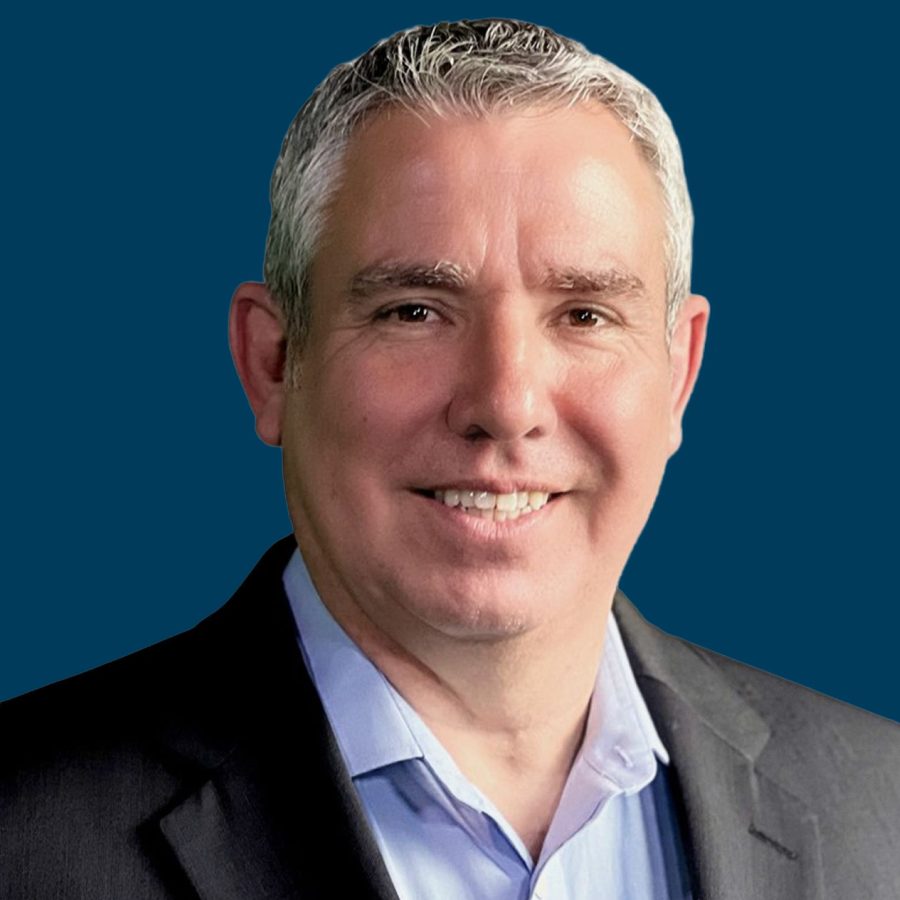
Orion tapped Capital Group ETFs to launch a new suite of ETF portfolios that are managed by Orion subsidiary Brinker Capital, and are available exclusively on the Orion Portfolio Solutions (OPS) and Brinker platforms. The Brinker Capital Group ETF Model Portfolios – which have an investment minimum of $5,000 – utilize active management, a forward-looking asset allocation approach and Orion’s proprietary Risk Budgeting Methodology.
Capital Group ETFs are designed to focus on major asset allocation categories and represent high conviction, long-term investment horizons. As of June 30, Capital Group had over $2.7 trillion in assets under management (AUM) and 32 office locations with more than 8,800 employees globally. As of June 30, Orion serviced $4.4 trillion in assets under administration and $69.4 billion of wealth management platform assets.
“We are excited to offer these innovative ETF portfolios exclusively to our advisors,” said Ron Pruitt, President of Orion Wealth Management. “Capital Group’s long-term focus and robust investment strategies align perfectly with Orion’s commitment to providing advisors with the tools to help their clients succeed.
3. Opto Investments Expands Private Markets Access For EP Wealth Advisors
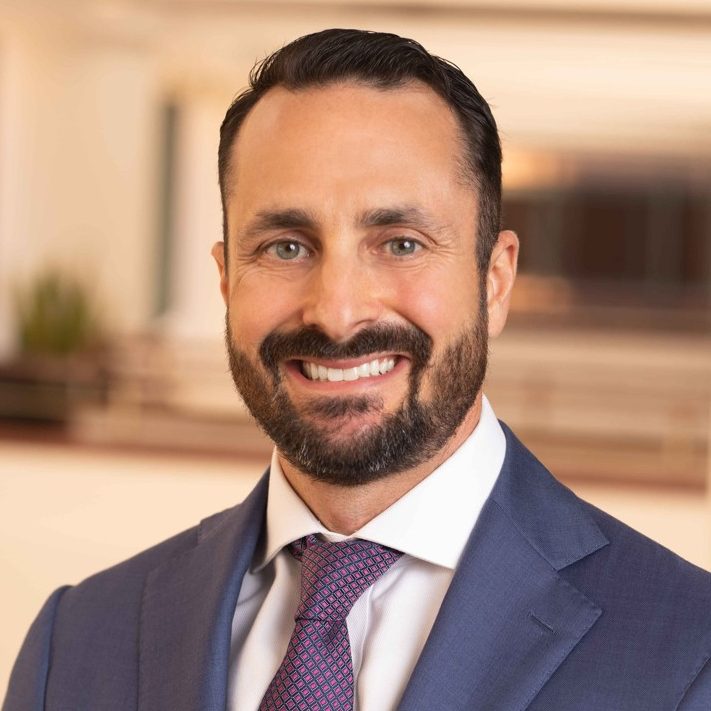
Opto Investments partnered with EP Wealth Advisors to expand private markets access for the RIA’s advisors. EP Wealth will use Opto’s custom funds offering to serve high net worth and ultra-high net worth clients. It includes due diligence on a curated selection of funds, enabling EP Wealth advisors to build bespoke strategies and provide institutional-level investments at scale while diversifying exposure across vintages and managers.
Opto’s custom fund composition can be tailored by overall fund size, asset class allocation, sub-strategies, number of funds, fund type, investor suitability and fee structure. The partnership also aims to reduce high costs, operational complexities and administrative burdens, as well as streamline back-office tasks and processes such as managing capital calls, tax documentation and reporting. As of July 31, EP Wealth managed over $26.2 billion in assets.
“When introducing private market strategies to client portfolios, a one-size-fits-all approach simply does not work,” said Adam Phillips, Managing Director of Investments at EP Wealth Advisors. “Opto’s fiduciary-first approach helps us build personalized portfolios that meet the unique needs of our clients, while providing access to institutional-grade investments from a vast array of managers.”
4. iCapital, Bridge Investment Group Enhance Performance Reporting Portal For Alts
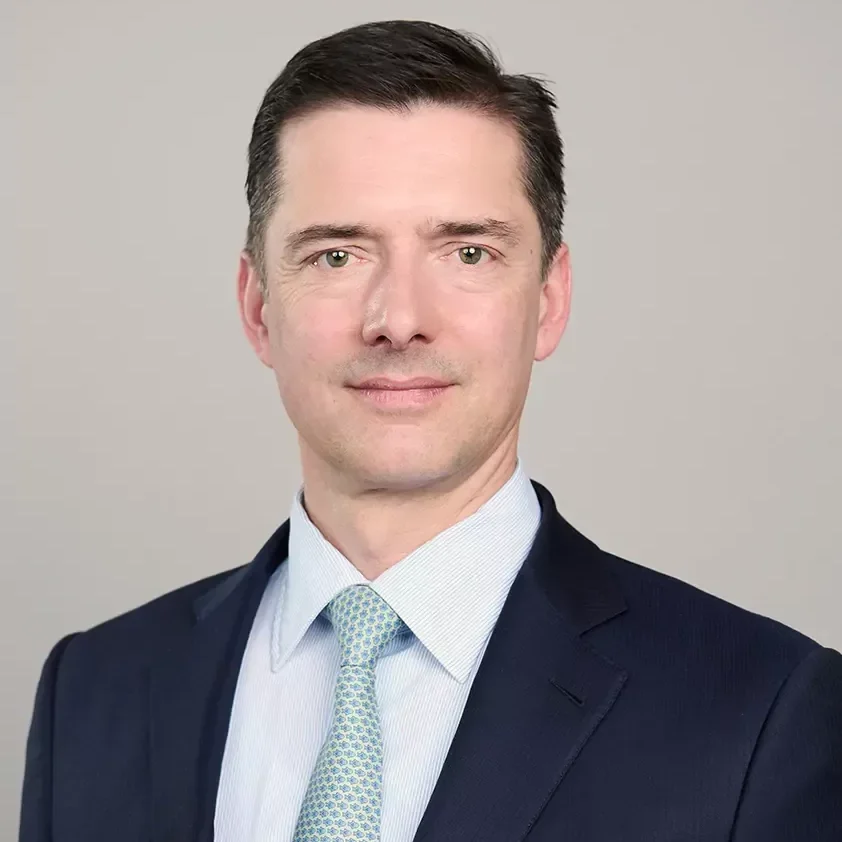
iCapital, an alternative investments fintech platform, partnered with Bridge Investment Group, an alternative asset manager with over $48 billion in AUM. The partnership enhances Bridge’s Investor Portal, which allows investors to access interactive performance reporting for all of their products.
It will now feature a new Investment Dashboard that enables investors to see their portfolio performance across accounts, holdings and asset classes, as well as view key performance indicators, charts and cash flow details. iCapital, which recently surpassed $200 billion in global platform assets, provides access to more than 1,630 funds from over 600 asset managers.
“There is an ongoing shift in the role of public versus private markets in supporting growing, profitable companies,” said Marco Bizzozero, Head of International at iCapital. “It’s increasingly important for private investors around the world to have the opportunity to access private markets so they can benefit from the value creation, which is nowadays increasingly happening outside of the public markets because companies are remaining private longer.”
5. Easterly Asset Management Launches Municipal Bond Investment Team
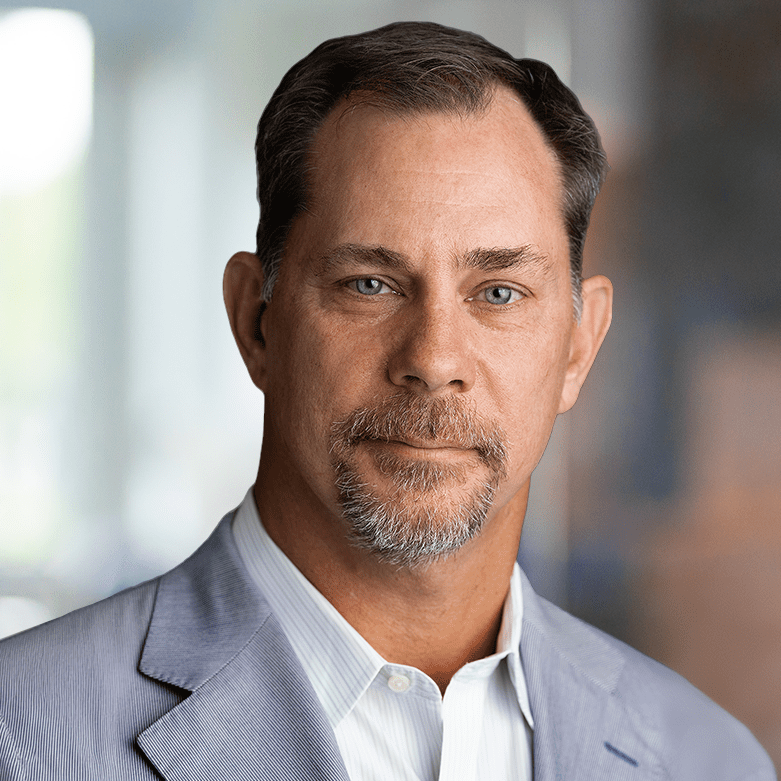
Easterly Asset Management – which provides private wealth and institutional investors with alternatives, active equity and active fixed income strategies – launched Easterly ROC Municipals, a municipal bond investment team that strives to capture tax-aware, yield-driven total returns. The new group includes Senior Portfolio Managers and Co-Heads of Municipals Troy Willis and Charlie Pulire, along with veteran Credit Analysts Rich Stein and Rene Vecka.
These hires close a transaction initiated in April, when Easterly agreed to acquire from Principal Street Partners the PSP High Income Municipal Bond Mutual Fund and PSP Short Term Municipal Fund. The funds now are available on Easterly’s platform as the Easterly ROCMuni High Income Municipal Bond Fund (RMHIX) and the Easterly ROCMuni Short Term Municipal Bond Fund (RMSIX).
“Our emphasis on uncovering inefficiencies and capitalizing on under-appreciated sectors of the municipal bond market is a key differentiator for our high-income and short-term strategies,” Willis said. “We look forward to putting these strategies and our decades of muni bond experience to work for investors now as Easterly ROC Municipals.”
6. Commonwealth Enhances Direct Indexing, UMA And Tax Efficiency Capabilities

Commonwealth Financial Network enhanced its Preferred Portfolio Services Select (PPS Select) asset management program for advisors, which the firm announced at its recent 2024 National Conference. Enhancements to its pre-existing direct indexing capabilities will offer personalized indexing in full integration with the PPS Select platform, enabling advisors to offer customized, tax-efficient portfolios.
The new unified managed account (UMA) structure enables advisors to combine multiple PPS Select models and third-party managers in one account, streamlining reporting and adding flexibility in portfolio construction. New tax transition capabilities also will allow advisors to set a tax budget and transition accounts to any PPS Select model, or personalized indexing, over time. Advisors will be able to elect a tax overlay on any PPS Select model and automatically conduct tax-loss harvesting.
“These advances across investing and technology come as a result of our listening to advisors and committing ourselves to be a leader in building value for independent businesses,” said Trap Kloman, President and COO of Commonwealth. “We’re curating the best practices from the best advisors to provide guided choices that enable our advisors to maintain their competitive advantage and decide what is right for them.”
7. TradingBlock Debuts Executing Broker-Neutral Platform
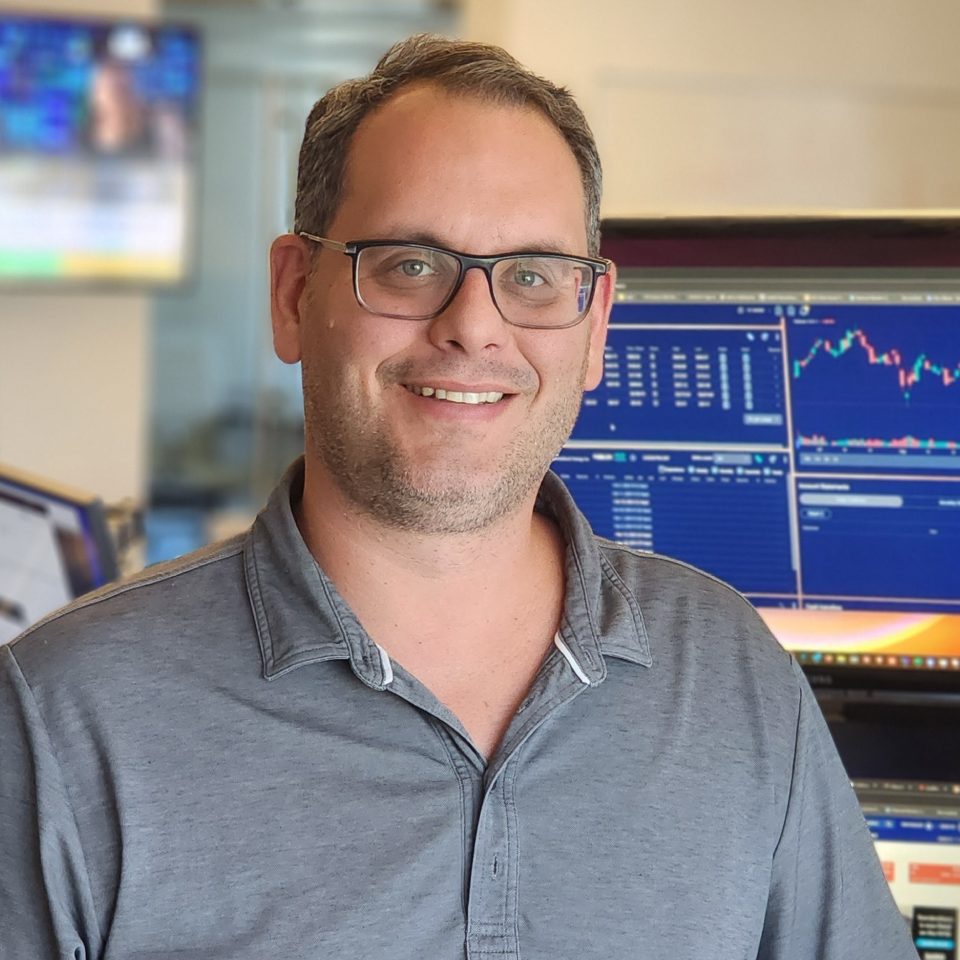
TradingBlock, a Chicago-based trading technology solutions provider for institutions, individuals and RIAs, launched an executing broker-neutral platform that lets professional traders, active traders and asset managers choose the execution strategy that best suits their goals. A platform that is executing broker-neutral gives active traders and asset managers access to several executing brokers instead of just one.
The platform provides users with a choice of trading software as well as access to multiple third-party brokers and trading platforms, executing brokers and diverse order routing algorithms. It also includes tailored pricing options and order routing redundancy for additional security. TradingBlock also offers mini-prime brokerage services for smaller funds, including security lending, short selling and clearing solutions.
“The launch of the executing broker-neutral platform signals yet another way TradingBlock is committed to being made for the way you trade,” said TradingBlock Institutional Trading Manager Gino Stella. “It not only gives traders access to their choice of executing brokers and order routing algorithms but also provides built-in order routing redundancy when they need it and offers access to custom reporting to meet varied portfolio reporting requirements.”
8. First Eagle Jumps Into Active ETF Arena
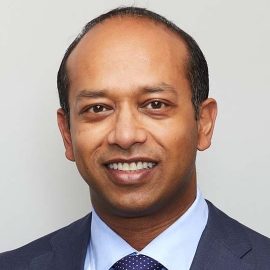
First Eagle Investments is entering the active ETF space later this year with two offerings for investors – the First Eagle Global Equity ETF and First Eagle Overseas Equity ETF. They will be added to the firm’s product lineup that includes mutual funds, managed accounts, private funds, separate accounts, interval funds, collective investment trusts, collateralized loan obligations and UCITS funds.
New York-based First Eagle is an independent, privately owned investment management firm with about $138 billion in AUM as of June 30. The new ETFs will be supported by The RBB Fund Complex, which oversees about $29 billion in assets. RBB supports 12 separate investment advisors, more than 20 unaffiliated sub-advisors, and over 60 mutual fund or ETF offerings. Quasar Distributors will distribute the new ETFs.
“Active ETFs have become an important component of how our clients construct portfolios. Our decision is a response to customers’ requests over the last few years,” said Mehdi Mahmud, President and CEO of First Eagle Investments. “We anticipate our active ETFs will be embraced just as positively by clients as our mutual funds and separately managed accounts have been.”
9. Morningstar Asset Owner Survey Finds ESG Gaining In Importance

Morningstar’s third annual Voice of the Asset Owner survey covered the importance of ESG concerns across markets and factors, active ownership and direct engagement on ESG topics, and the desire for more granular data to support ESG-related investment and reporting needs.
Sixty-seven percent of respondents said ESG became more material over the past year, 53% said ESG considerations align with fulfilling fiduciary obligations and 78% said active ownership was useful when implementing their ESG programs. Survey participants included pension funds, insurance general accounts, outsourced CIOs (OCIOs) and family offices.
“ESG materiality, still strong, is broadening and deepening while fiduciary duty continues to be driven by financial materiality,” said Thomas Kuh, Head of ESG Strategy at Morningstar Indexes. “In addition, active ownership is alive and well, with direct engagement considered the most impactful tactic.”
10. Cerulli: Advisors Seek ETFs As Institutions Reallocate Toward Private Markets
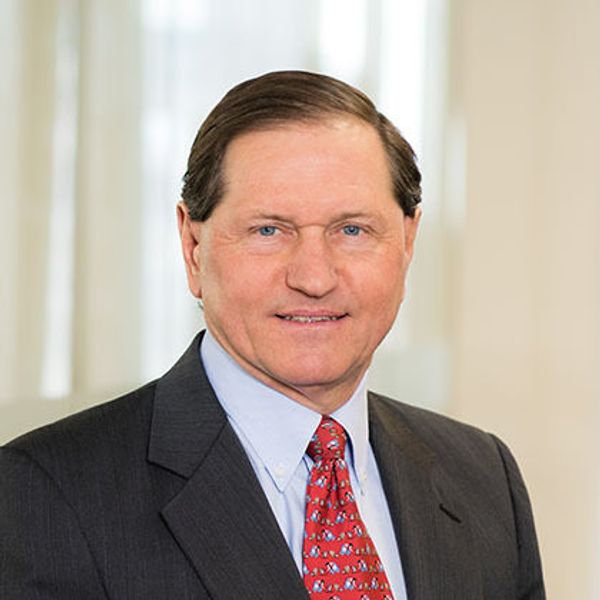
Cerulli Associates released its latest edition of The Cerulli Edge—U.S. Monthly Product Trends, which analyzes data as of August on mutual funds, ETFs and private market investments. It found that market performance continues to help mutual fund assets, while strong inflows across asset classes supported ETF growth.
Mutual fund assets increased to $20.3 trillion by the end of August, up 1.7% monthly even though active funds experienced outflows of $42.3 billion and passive funds shed $0.6 billion. ETFs hit $9.7 trillion in assets, up 30% from the same time last year, and experienced inflows of $78 billion in August as advisors continued to boost exposure to the asset class.
“As institutions seek to reallocate risk budgets toward private market investments, their strategies around vehicle selection are paramount to securing adequate funds,” according to the Cerulli report. “While lower-cost traditional market vehicles allow institutions to achieve this objective, the pursuit of customization often can counteract the pursuit of lower-cost funds, blurring the otherwise clearer tradeoffs between vehicles.”
11. HFR: Event-Driven Hedge Funds Propel Gains Amid Fed Rate Cuts, M&A Hopes

HFR found that event-driven hedge funds propelled industry-wide gains in September as the Federal Reserve cut target interest rates and hedge fund managers took positions in anticipation of more M&A as the end of 2024 approaches, even as soaring geopolitical tensions and the upcoming U.S. presidential election may contribute to volatility.
For September, the HFRI Fund Weighted Composite Index (FWC) increased 1.2%, the HFRI Macro (Total) Index increased 1.3%, the HFRI Asset Weighted Composite Index increased 1.4%, the HFRI Event-Driven (Total) Index increased 1.8%, the HFRI Equity Hedge (EH): Fundamental Growth Index increased 3.2% and the HFR Cryptocurrency Index surged an estimated 5.4%.
“Hedge funds gained to conclude the volatile third quarter, which included one of the largest intra-quarter spikes and dislocations in financial market volatility in several years, as
geopolitical risks remained at generational levels, and as economic risks shifted from inflation to weakening global economic growth,” said Kenneth Heinz, President of HFR. “Gains were strong across all strategies, led by Event-Driven exposures as investors positioned for an improving M&A environment into year-end, while Macro strategies recovered from several months of declines as managers navigated a major inflection point in interest rate expectations.”
Wirehouse / Big Bank Activity
12. J.P. Morgan Partners With GLMX On Morgan Money, With ASN On Portfolio Models

J.P. Morgan Asset Management integrated with the global money market trading platform GLMX to bring money market funds, repurchase agreements, time deposits, certificates of deposit, commercial paper and government securities onto the open architecture, short-term investment management platform Morgan Money. The deal comes a month after J.P. Morgan Asset Management integrated with Kyriba to enhance Morgan Money.
Separately, J.P. Morgan Asset Management also collaborated with Advisory Services Network (ASN), which supports more than 200 advisors nationwide, to develop ASN Custom Models. The solutions aim to provide tactical risk-based ETF portfolios and income-focused strategies with enhanced tax management capabilities.
“Morgan Money clients will now have access to a wider range of short-term investment options while also benefiting from our cutting-edge research and analysis tools,” said Paul Przybylski, Head of Product and Morgan Money for Global Liquidity, J.P. Morgan Asset Management. “This collaboration underscores our commitment to providing clients with innovative solutions that enhance their investment capabilities and operational efficiency.”
Chris Latham, Managing Editor at Wealth Solutions Report, can be reached at clatham@wealthsolutionsreport.com.














